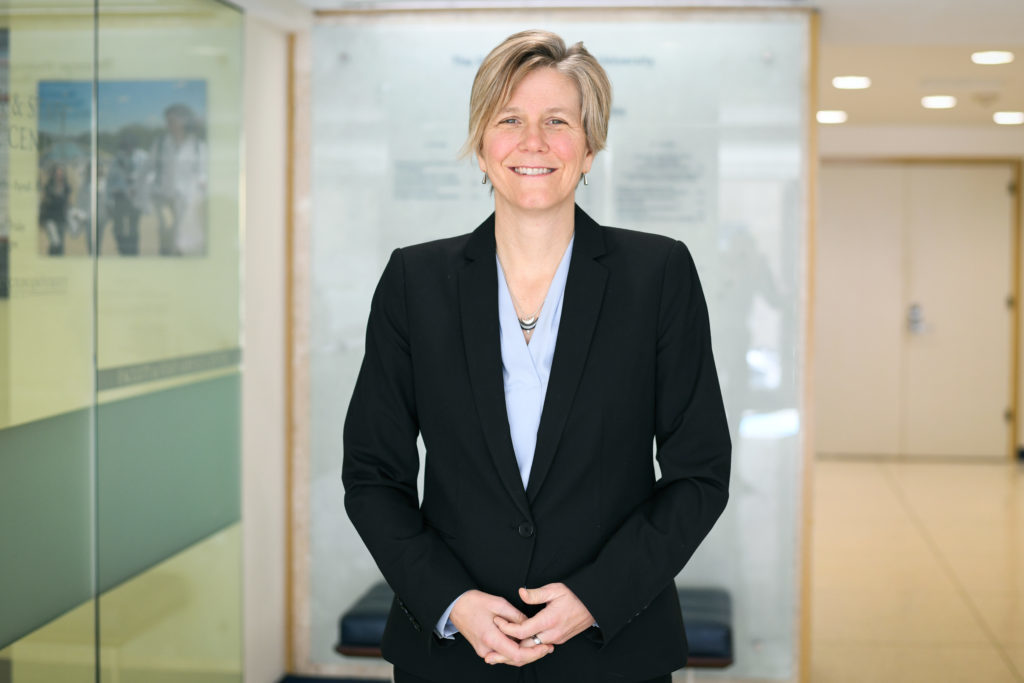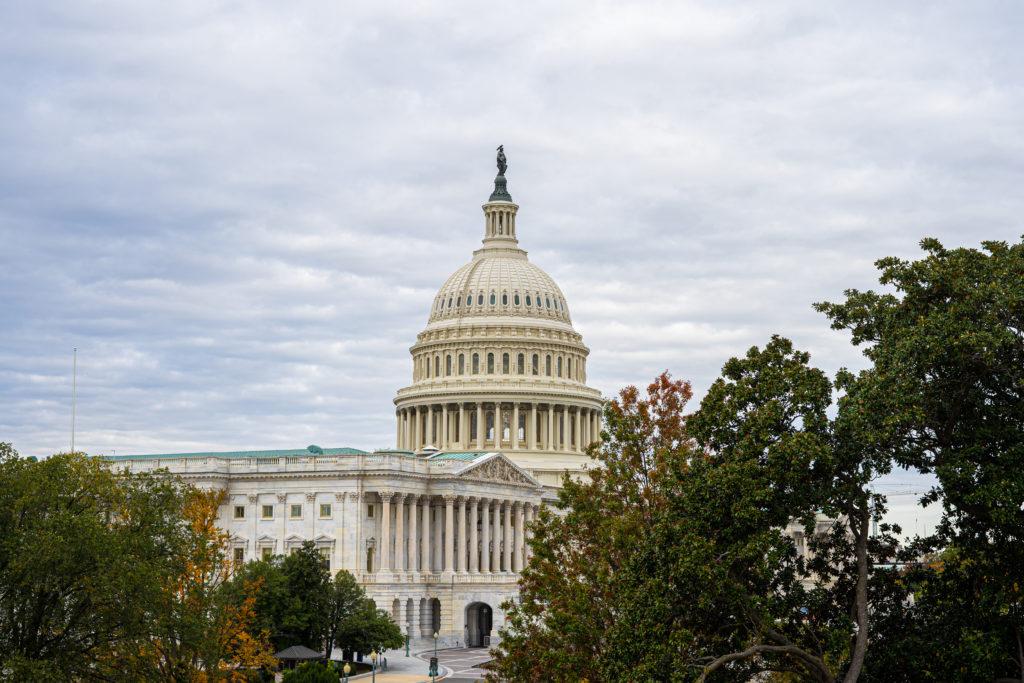Students approaching a deadline for graduate school or a job application can now send transcripts online.
Officials will introduce new technology this week that will allow students to request online transcripts from the registrar’s office and have them emailed in a matter of minutes, as opposed to the roughly seven days it previously took to send a paper copy. Student leaders said the switch will help them hit last-minute deadlines and reduce the University’s paper usage.
University Registrar Beth Amundson said her team, along with the Division of Information Technology, has been working on the project since September. The move follows a number of calls from student and alumni for a digital transcript system, which she said was by far the most requested change her office heard from the community.
“It’s obviously more expeditious for students and alums to use this.”
“I think it’s just a convenience and an expectation that since so many other things are done electronically, why not this document?” she said.
The new electronic system will also allow students to track the delivery of the transcript because they will receive emails when their requests are authorized, fulfilled and downloaded by the recipient, she said. She said students will also be able to request transcripts online at any time but “hold” them to send to potential employers or schools until all of their grades come in.
Amundson said she expects almost all students are going to choose electronic transcripts going forward, because it’s a cheaper and faster process. The price of ordering an online transcript is $8 – compared to $11 for a paper copy.
[gwh_image id=”1047403″ credit=”Source: University Media Relations” align=”none” size=”embedded-img”][/gwh_image]
Laurie Koehler, the vice provost for enrollment management and retention, said one of the main motivations behind the switch was the ability to allow students to hit quickly approaching deadlines or apply to a program late.
“We think it’s better in terms of customer service,” she said. “It’s obviously more expeditious for students and alums to use this.”
The switch will also lead to a drop in students going to Colonial Central in person to request a transcript, because under the current set up, “if you want it quickly, that’s what you do,” Koehler added. In-person requests can be picked up the same day at Colonial Central.
“We expect that foot traffic may drop quite a bit, which will allow the students who have more complex issues or questions to be served more quickly,” she said.
Koehler said the effort will also save paper because the registrar’s office processed more than 40,000 paper transcripts in 2016, the most recent year for which data is available.
Between saving paper and freeing up time for registrar staff to focus on other issues, she said the new technology will be almost cost neutral. She declined to say how much it cost the University to hire an outside vendor, Credentials Solutions, to set up the digital system.
Koehler and Amundson said many universities already offer students and alumni the option to send transcripts electronically. Of GW’s 18 peer institutions, at least 15 offer an electronic system.
Student leaders, who found out about the change last summer, said the move is a step in the right direction to cut down on the University’s environmental footprint and improve the student experience.
Student Association President Peak Sen Chua said the elimination of paper is part of a University-wide “shift to improve its student interactions with offices around the University.”
“GW has a tendency to leave a paper trail in a lot of departments.”
“This is definitely indicative of a trend of GW, looking at the processes that it has and how it affects the student experience and how they can improve it for affordability and accessibility,” he said.
Upon arriving at GW in August, University President Thomas LeBlanc vowed to prioritize improvements to the student experience and make University interactions with students feel less transactional.
SA Executive Vice President Sydney Nelson said the switch also falls in line with the SA’s ongoing sustainability effort. The SA launched a campaign to save 1 million pieces of paper by the end of the academic year by reducing student and faculty printing.
“GW has a tendency to leave a paper trail in a lot of departments,” Nelson said. “We look forward to seeing other offices hopefully make that transition as well, not only on the sustainability end but also increasing the affordability so we don’t have to print as much paper.”
Sarah Roach contributed reporting.





